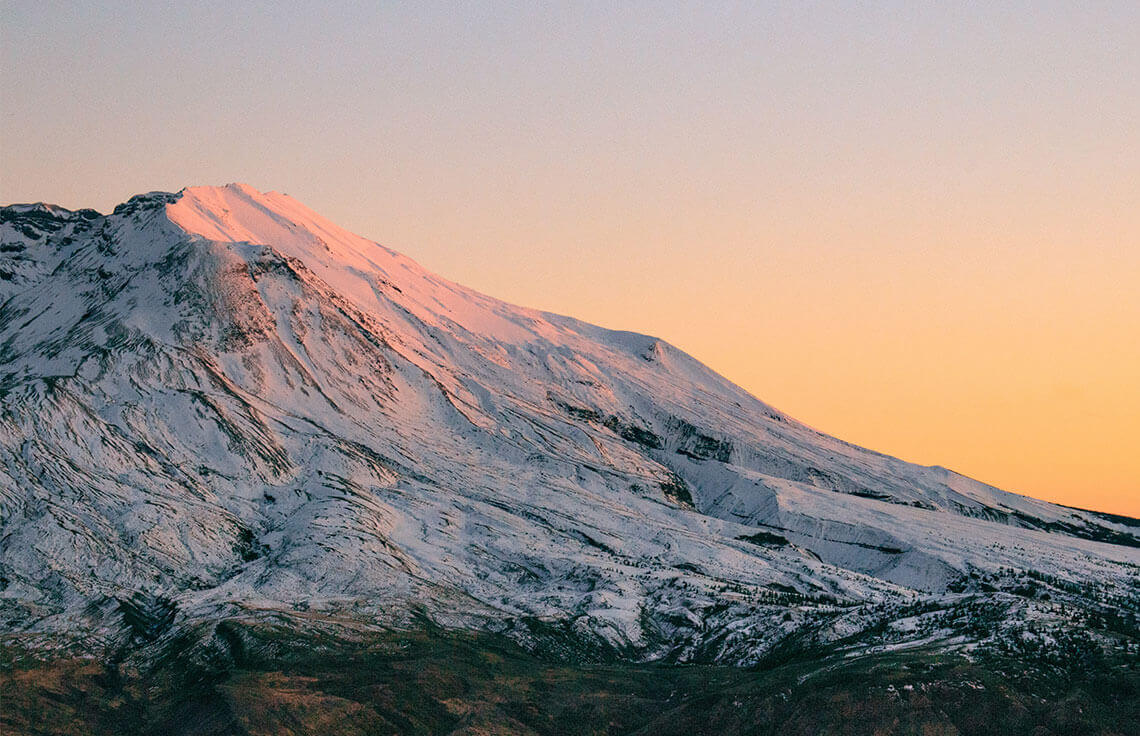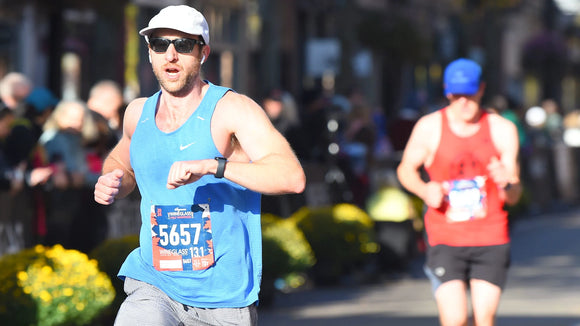By Becky Rogers
My thoughts 185 miles into Bigfoot 200 were probably not what most people would predict. Despite outward appearances, including the typical zombie-like jog of an ultra-runner, I was having the time of my life. 200+ miles in a single push wasn’t foreign to me. The feeling of not being physically wrecked at 185 miles in…that was new. What was I doing differently?
There are a lot of components that go into completing the simple but brutal act of running 100+ miles. Training, gear, mental attitude, drive and nutrition all play a role in getting an athlete across the finish line. Hydration is often over looked. And that’s too bad because I’ve found hydration to be the single most important factor in my success as an ultra-athlete. Proper hydration allows me to train longer and faster, improves my sleep, speeds up my body’s transition into recovery, enables in-race fueling to be successful with less stomach distress, keeps me cool in hot weather, reduces muscle damage on course, and reduces blistering and other foot damage. As a former college soccer player, elite OCR athlete and current ultra-runner, I’ve experimented with just about every hydration scheme you can think of including coconut water and juice, lemonade, various commercial electrolyte solutions and finally, plain water. I’d given up each time because the lacking results weren’t worth the effort. And then I found Osmo.
So how did I use Osmo to chase Bigfoot at the 200?
Bigfoot 200 starts by traversing the barren blast zones of Mount St Helens. There is zero cover and this part of the course was hot in 2018. To prepare my body, I did some heat training in the weeks leading up to the race. I also drank Osmo the day prior to the event throughout traveling and race check-in. Starting the race fully hydrated was essential.
From my previous training and racing, I knew I would need around 500 ml of Osmo per hour in 70-degree weather. Aid stations on the Bigfoot course are often 20 miles apart. The trail is so remote all participants must wear SPOT trackers for safety. Racers carry mandatory gear, so packs get heavy. Determining exactly how many bottles of Osmo I needed to carry was a priority as liquid was the heaviest part of my kit. I decided to start the race with a couple of 500 ml bottles of Osmo and a little bit of plain water. I also carried a filtering water bottle to collect more water on the trail as needed. I premade small zip locks of measured Osmo powder to refill my own electrolytes throughout the race.
A few hours into the event, I found myself right on schedule and in the top female pool. I’d traversed the hot blast zone in great shape with 150-200 calories an hour fueling and no stomach distress. As I continued to run throughout the days and nights, I found myself drinking nearly exclusively Osmo. I was doing much better then I’d anticipated and a million times better than my previous 200 at Moab 240. Osmo was making a huge difference.

Good hydration does a few things for you:
- Keeps your digestion system working
- Keeps muscle damage to minimum
- Reduces blistering and wear and tear on skin because the proper levels of fluid are present
- Allows for a faster recovery



